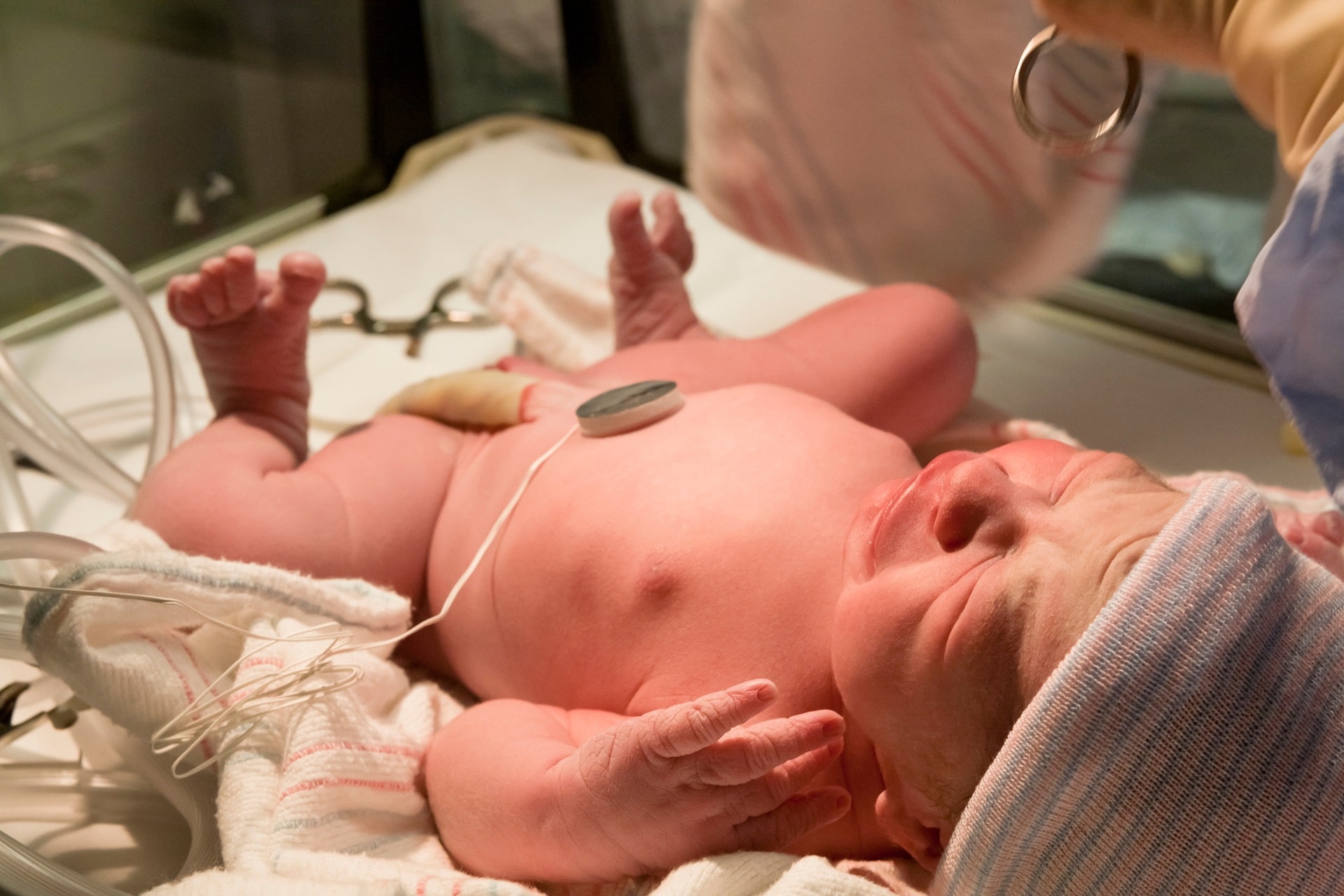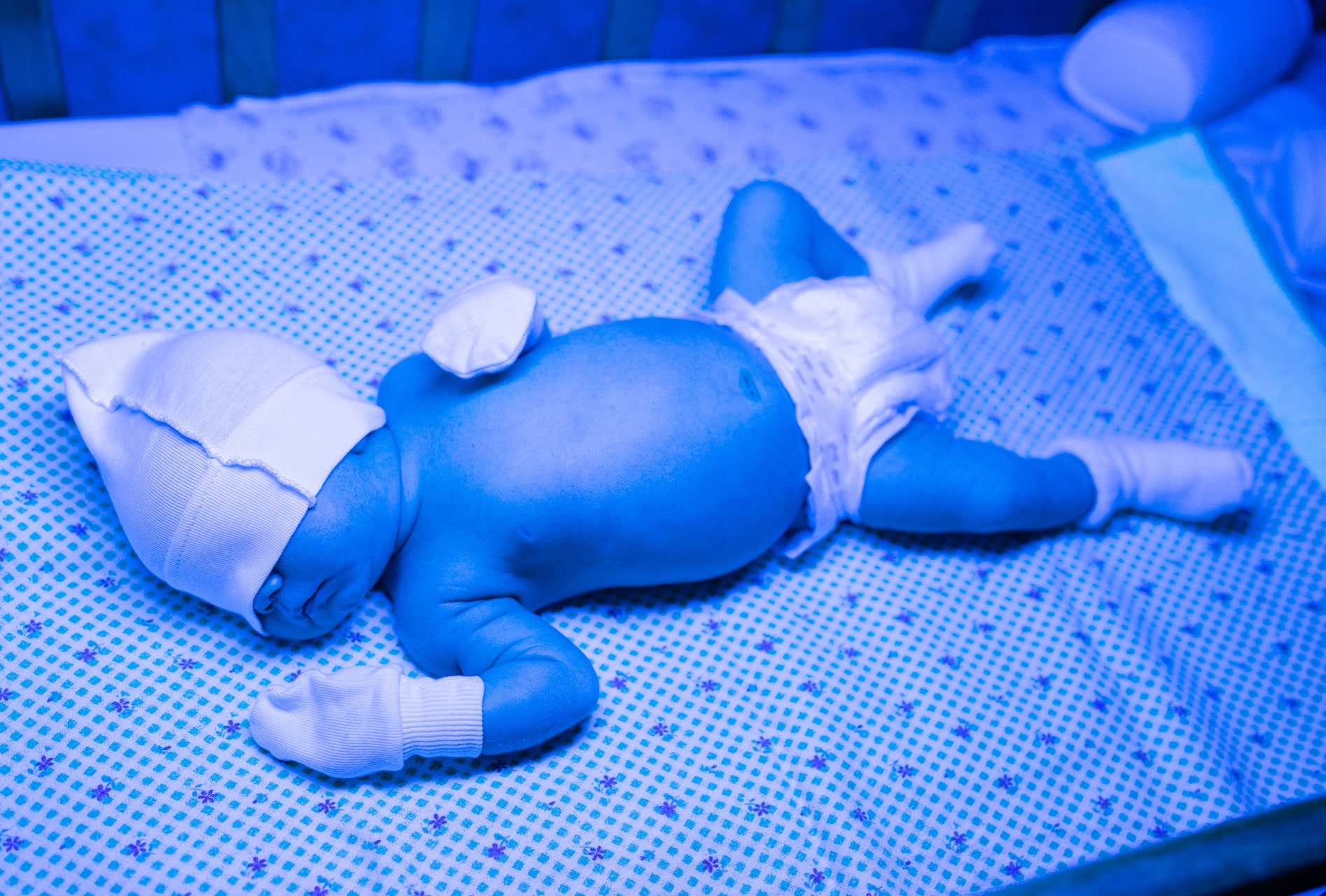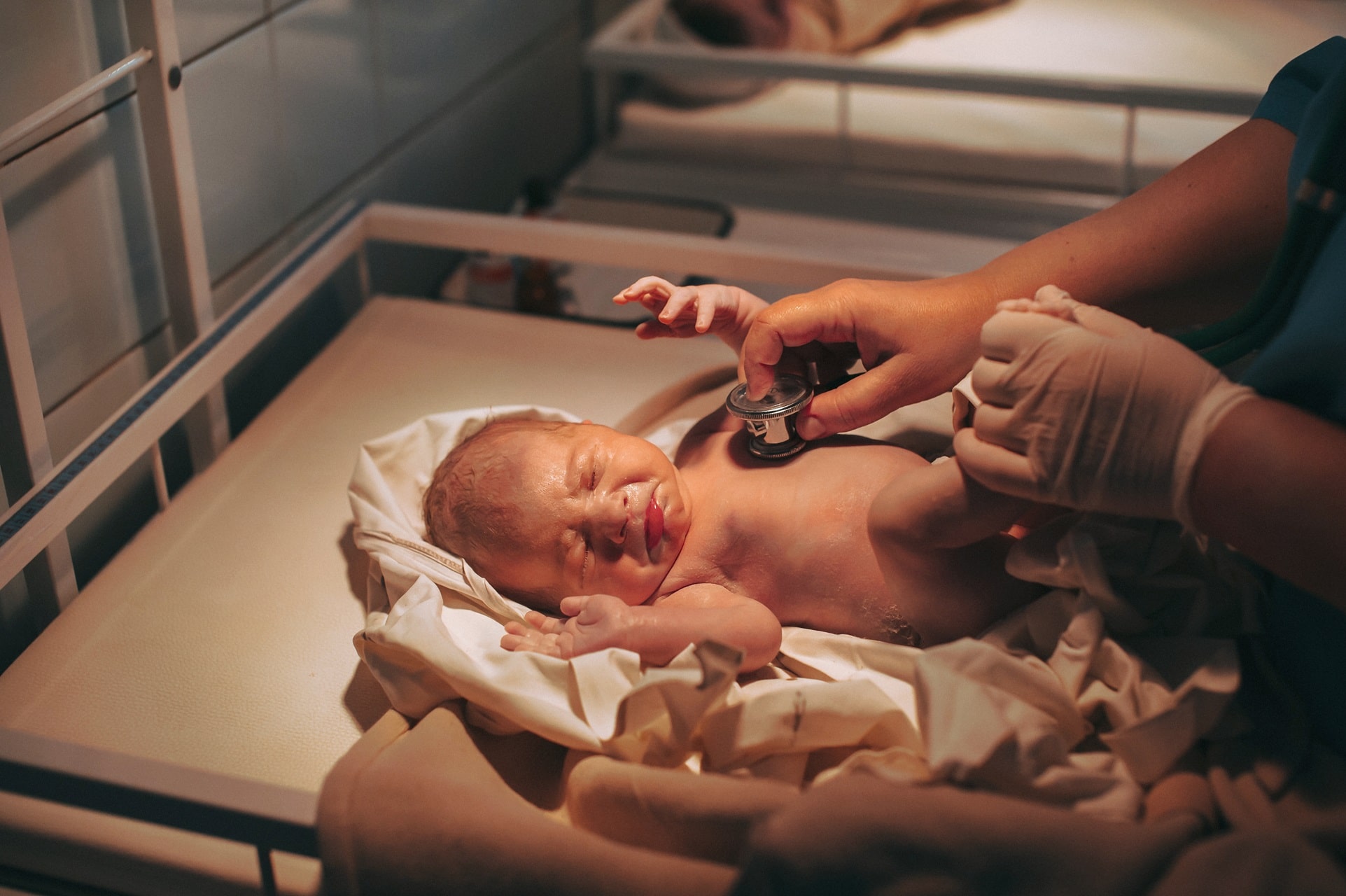Neonatal jaundice is a disease that is especially curious by people who have a new baby. It is a symptom characterized by a change in the color of the eyeball and skin towards yellow as a result of the accumulation of bilirubin in the blood as a result of the breakdown of red blood cells.
In addition to accumulation of bilirubin in the eyes and skin, it should be kept in mind that it can also accumulate in other internal organs, especially brain tissue, and cause serious health problems. In addition, life-threatening health problems may arise due to health problems that cause bilirubin to accumulate in the blood. Therefore, if jaundice occurs, the main causes of the health problems that cause it should be diagnosed early at the right time.
Jaundice is quite common in newborn babies because their liver and digestive system functions have not completed their development. While jaundice is seen in 6 out of 10 healthy newborns, jaundice can be seen in 8 out of 10 premature newborns. Although jaundice does not always indicate health problems, serious jaundice can develop in certain diseases. Therefore, it is very important that jaundice in newborns is handled carefully and the underlying cause is correctly identified. Studies have shown that treatment should be initiated in one out of every 20 babies who develop jaundice.

Why does newborn jaundice occur?
The bilirubin molecule is mainly produced as a result of the metabolism of a substance called hemoglobin, which is responsible for oxygen transport in red blood cells that give the blood its red color. The destruction of the hemoglobin molecule in the liver results in the production of bilirubin, which gives a yellow color, and is transferred to the digestive system via bile secretion and removed from the body. However, some of the bilirubin is reabsorbed in the intestines and passes into the blood. Bilirubin in the blood is filtered again in the kidneys and transferred to the urine and can be excreted from the body in this way by giving the urine a yellow color.
Failures in any of the mentioned mechanisms can increase the level of bilirubin in the blood. In this case, bilirubin begins to accumulate primarily in the eyeball and skin. If the blood bilirubin level exceeds a certain level, the patient develops symptoms of jaundice. Newborns are predisposed to jaundice because their digestive system and liver function are not fully developed. However, severe jaundice may also occur due to some health problems.

Jaundice can occur in newborns in the following cases:
- Breast milk jaundice: It develops as a result of some substances in breast milk causing the enzymes that allow bilirubin to be reabsorbed from the intestine and pass into the blood to work faster and bilirubin excretion to decrease. Breast milk does not need to be stopped. In general, this does not cause jaundice to be severe, but to persist for more than 2 weeks.
- Prematurity: Babies born before 37 weeks of gestation are considered premature. In premature babies, the level of growth and development of all organs is considered insufficient. In this respect, jaundice is common in premature babies, as in newborn babies, due to incomplete development of the digestive system.
- Developmental delay: Children whose organs do not develop at the desired level due to various health problems that occur in the womb are prone to jaundice.
- Blood incompatibility: If there is a mismatch between the mother's blood type and the baby's blood type, the baby's blood cells may be destroyed during bleeding at birth and bilirubin production increases, resulting in jaundice in the baby.
- Infections: Jaundice can occur in the course of serious infections such as sepsis in infants.
- Biliary tract diseases: If babies have congenitally deficient bile ducts, severe jaundice may develop as bilirubin cannot be removed from the liver.
- Bleeding: In cases of bleeding in certain parts of the body during or after birth, jaundice may develop as a large amount of bilirubin is produced during the metabolization and removal of the blood accumulated in the tissues.
- Blood disorders: In babies with genetically defective blood cells such as Mediterranean anemia and sickle cell anemia, the risk of bilirubin production and jaundice increases as the destruction of blood cells increases.
- Enzyme deficiencies: A genetic deficiency or low number of certain metabolic enzymes that prevent damage to red blood cells can lead to damage to red blood cells and severe jaundice.










